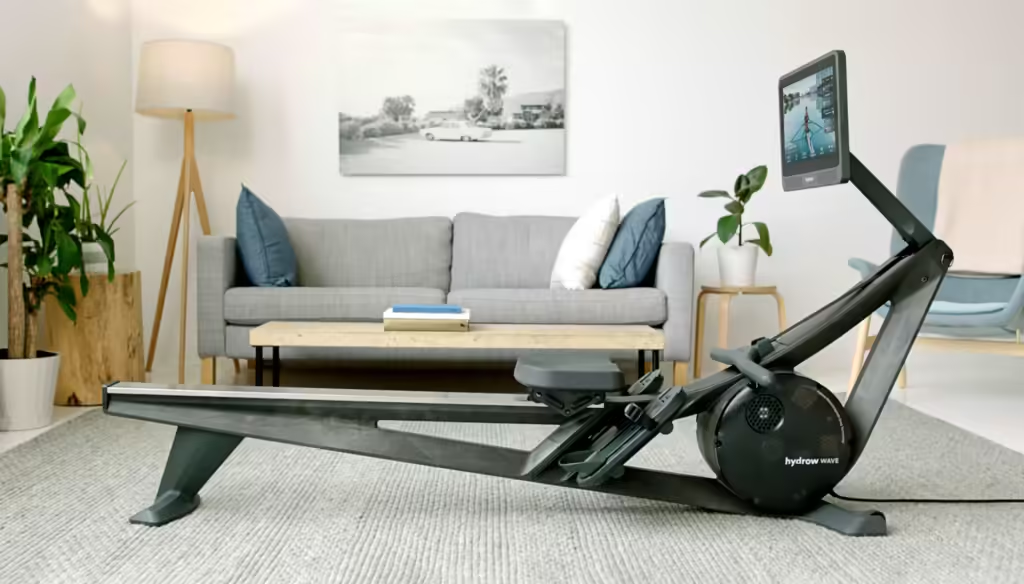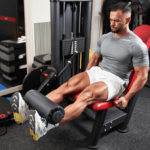Building a home gym is an excellent investment for your fitness journey, offering the convenience of working out at your own pace without the need for expensive gym memberships. However, to make the most of your equipment and ensure it lasts for years, it’s important to maintain it regularly. Neglecting your home gym equipment can lead to wear and tear, affecting its performance and your safety.
In this guide, we’ll share essential DIY tips for maintaining your home gym equipment, helping you keep your machines in top shape, prolong their lifespan, and ensure they function optimally.
Regular Cleaning of Gym Equipment
Cleaning is the foundation of home gym equipment maintenance. Dust, sweat, and dirt can accumulate on your machines and cause corrosion or malfunctioning. A quick cleaning routine will help prevent long-term damage.
Tips for Cleaning:
- Wipe Down After Every Use: Sweat contains salt, which can lead to rust and corrosion if left unchecked. Wipe down all surfaces, including seats, handles, and digital consoles, with a soft cloth after every workout.
- Use Non-Abrasive Cleaners: For more thorough cleaning, use mild soap or a specialized cleaner designed for gym equipment. Avoid harsh chemicals that can damage the finish or electronic components.
- Clean Digital Screens: Use a microfiber cloth to gently wipe down any screens or touch panels. Avoid using too much liquid on these surfaces to prevent damage to the electronics.
By keeping your equipment clean, you not only improve its appearance but also extend its lifespan.
Inspect and Tighten Loose Bolts and Screws
Regular use of gym equipment can cause bolts and screws to loosen over time. A machine with loose parts is not only noisy but also unsafe. Ensuring that all bolts are securely tightened is an important aspect of maintenance.
DIY Steps for Tightening Loose Parts:
- Monthly Checkups: Once a month, inspect all bolts, screws, and nuts. Pay special attention to high-stress areas like treadmills’ base, elliptical arms, and weight machine joints.
- Use Proper Tools: Always use the correct tools, like wrenches or screwdrivers, to tighten loose parts. Be careful not to overtighten, which could damage the equipment.
- Check for Wear: While inspecting for loose bolts, also look for worn-out parts that might need replacement. This could include cracked seats, frayed cables, or worn pedals.
Performing regular inspections ensures that your equipment remains stable, reducing the risk of injury and prolonging its usage.
Lubricate Moving Parts for Smooth Operation
Most home gym equipment relies on moving parts like belts, gears, and pulleys, which can wear down over time due to friction. Lubricating these parts will help them move more smoothly and reduce unnecessary wear.
DIY Lubrication Guide:
- Check the User Manual: Each type of equipment may require different types of lubrication. Always refer to the manufacturer’s recommendations for the correct product.
- Lubricate Treadmill Belts: One of the most common maintenance tasks for treadmills is lubricating the belt. Apply a silicone-based lubricant between the deck and the belt every three to six months to keep it running smoothly.
- Elliptical and Bike Joints: For ellipticals and stationary bikes, apply lubricant to the moving joints and bearings. This reduces friction and helps maintain the smooth motion of the pedals and arms.
- Avoid Over-Lubricating: Too much lubricant can attract dust and dirt, which may cause more harm than good. A small amount applied at regular intervals is ideal.
Lubricating your equipment is an easy DIY task that can significantly extend its lifespan by reducing wear and tear on moving parts.
Calibrate and Align Your Equipment
Maintaining proper alignment of your machines ensures that they operate efficiently and don’t put undue stress on any particular part. Misaligned equipment can lead to premature wear or injury.
Steps for Alignment:
- Check Treadmill Alignment: If you notice your treadmill belt slipping or dragging, it may be misaligned. Follow the manufacturer’s instructions to adjust the belt and ensure it runs smoothly in the center.
- Balance Elliptical and Bike Pedals: Misaligned pedals on ellipticals or bikes can lead to uneven wear. Make sure the pedals are securely fastened and move evenly.
- Use a Level for Machines: Place a level on your equipment to ensure it’s sitting evenly on the floor. If needed, adjust the feet or base to stabilize the equipment.
Proper calibration and alignment not only extend the life of your equipment but also help you avoid injury from using improperly adjusted machines.
Replace Worn-Out Parts Promptly
Over time, parts like belts, cables, resistance bands, and grips will wear down due to frequent use. Replacing these worn-out parts as soon as possible will prevent larger, more costly repairs later.
DIY Replacement Tips:
- Check for Worn Cables: On machines like weight stacks or cable machines, regularly inspect the cables for fraying or damage. Replace any worn cables to avoid dangerous breakage during use.
- Replace Treadmill Belts: Treadmill belts can fray or lose tension over time. If the belt feels slippery, uneven, or shows signs of wear, it’s time to replace it.
- Update Grips and Pads: The grips on dumbbells, bars, and other handholds can wear down, becoming uncomfortable or unsafe. Replace them when they become slick or torn.
Regularly replacing these smaller components will keep your machines running efficiently and safely.
Keep Your Gym Equipment in a Suitable Environment
The environment where you store your home gym equipment plays a critical role in its longevity. Exposure to extreme temperatures, humidity, or dust can lead to faster wear and tear.
Environmental Considerations:
- Avoid Humidity: Excess moisture can cause rust and corrosion, especially on metal parts. Store your equipment in a dry, climate-controlled space to prevent damage.
- Temperature Control: Extreme cold can cause plastic parts to crack, while excessive heat can warp rubber components. Ensure your equipment is kept in a space where the temperature is consistently moderate.
- Use Protective Covers: If your home gym is in an area like a garage or basement where dust and debris are common, use protective covers for your machines when not in use.
Storing your equipment in a proper environment can greatly extend its lifespan and reduce the need for frequent repairs.
Check Electrical Components
Many home gym machines, like treadmills, ellipticals, and stationary bikes, have electrical components that need attention. Faulty wiring or malfunctioning consoles can lead to bigger problems if not addressed.
How to Maintain Electrical Parts:
- Unplug After Use: To prevent electrical surges from damaging your equipment, unplug machines after use, especially during storms.
- Inspect Power Cords: Regularly check the power cords for fraying or damage. Replace any damaged cords to avoid electrical fires or shocks.
- Test Consoles: Ensure that the buttons, screens, and consoles on your machines are functioning properly. If you notice any issues with the display, consult the user manual or contact the manufacturer for troubleshooting tips.
Maintaining the electrical components ensures your equipment stays functional and safe for use.
Conclusion
Properly maintaining your home gym equipment with these DIY tips will save you time, money, and frustration. Regular cleaning, tightening, lubricating, and replacing worn parts are simple tasks that go a long way in extending the lifespan of your machines.By following a routine maintenance schedule, you’ll ensure that your home gym equipment remains safe, efficient, and ready for your workouts for years to come.


